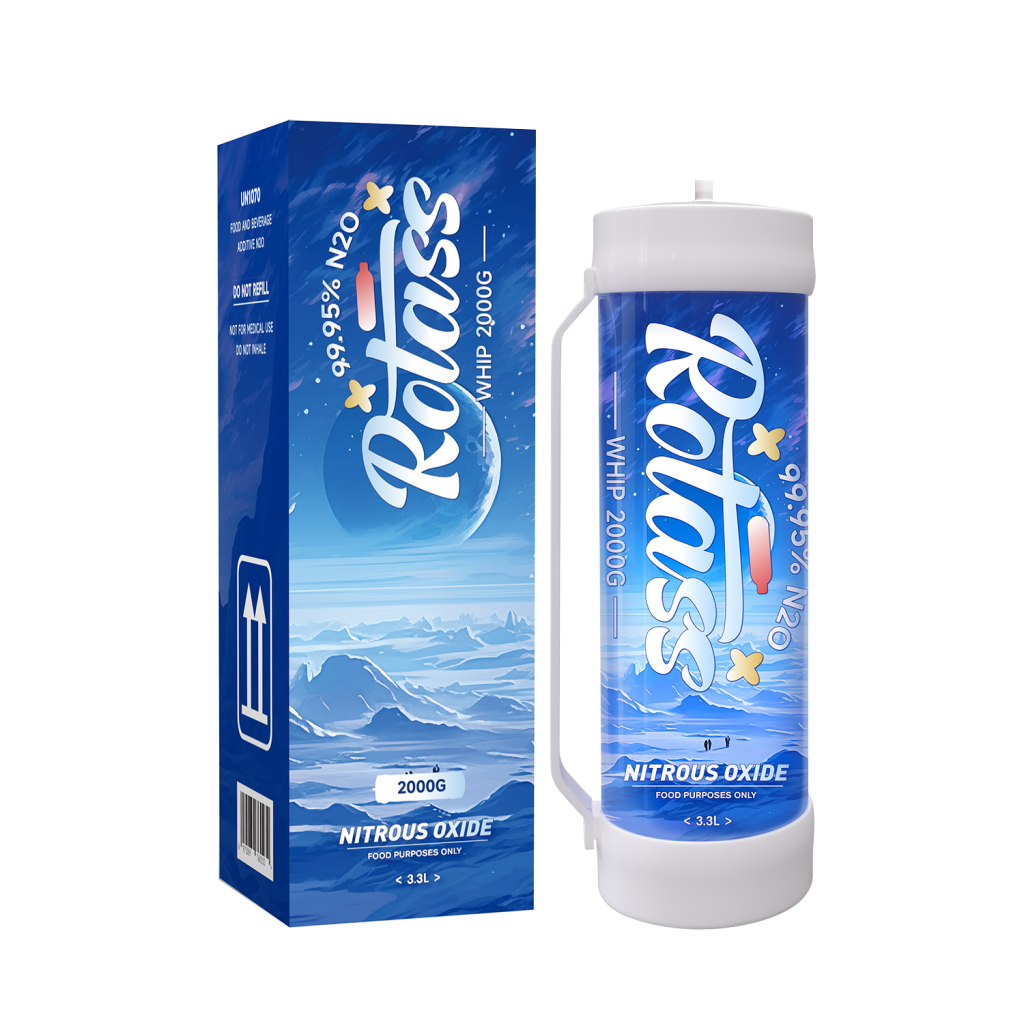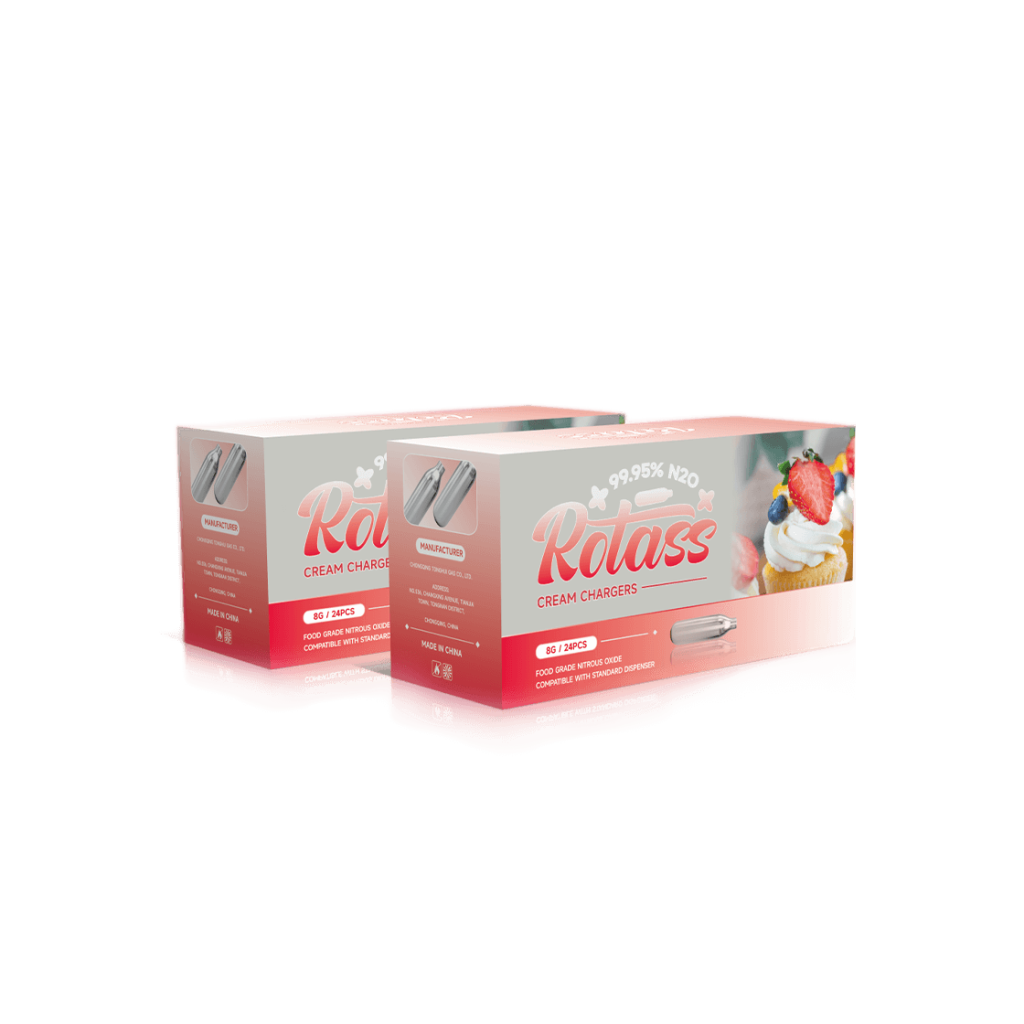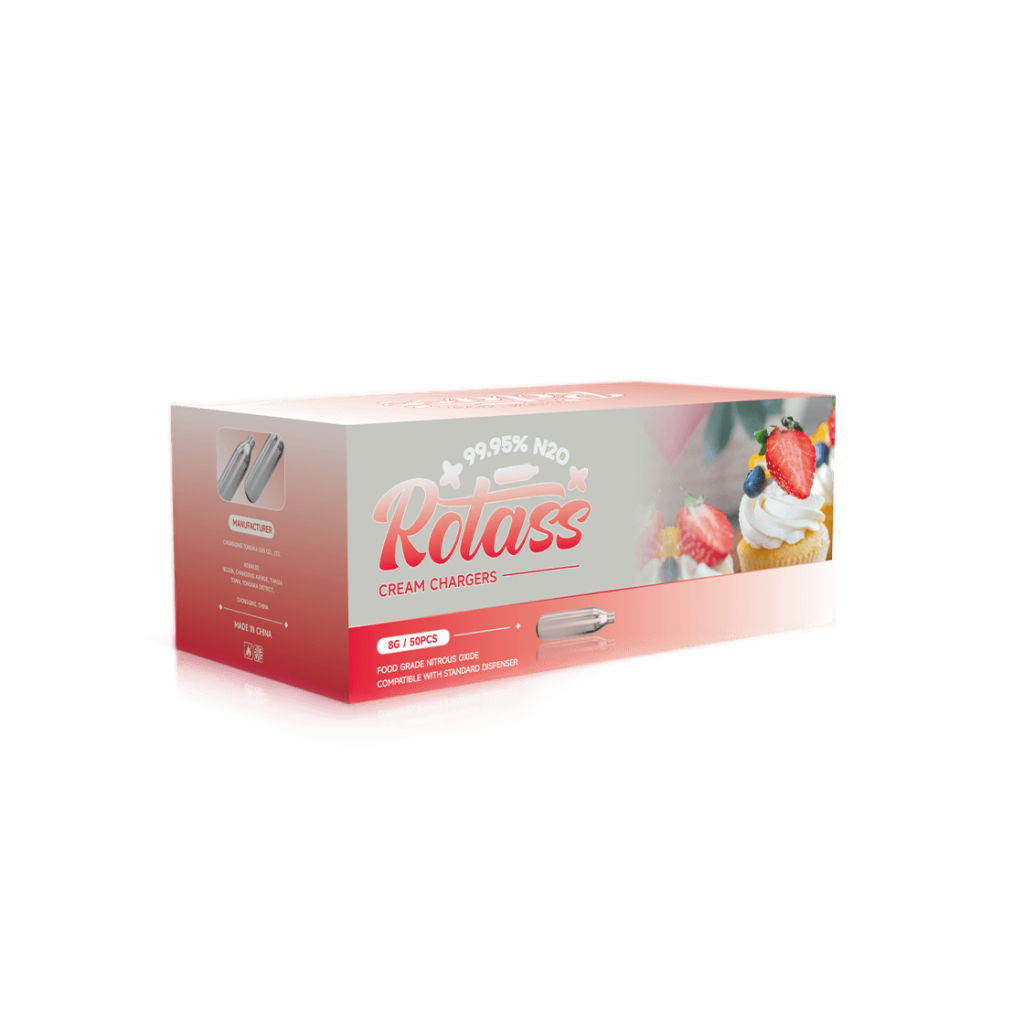2024 / 05 / 08
A Guide to Cream Chargers Leak Detection, Handling, and Prevention
The use of cream chargers, also known as whipped cream dispensers or chargers, has become increasingly popular in kitchens and restaurants alike. These handy tools propel cream to fluffy heights using pressurized nitrous oxide (N2O), but proper maintenance is crucial to ensure their safe and effective operation. A prevalent issue with cream chargers is leakage, which not only affects the quality of whipped cream but can also pose safety concerns. This article delves into the methods for detecting and handling cream charger leaks while emphasizing preventative measures to minimize their occurrence.
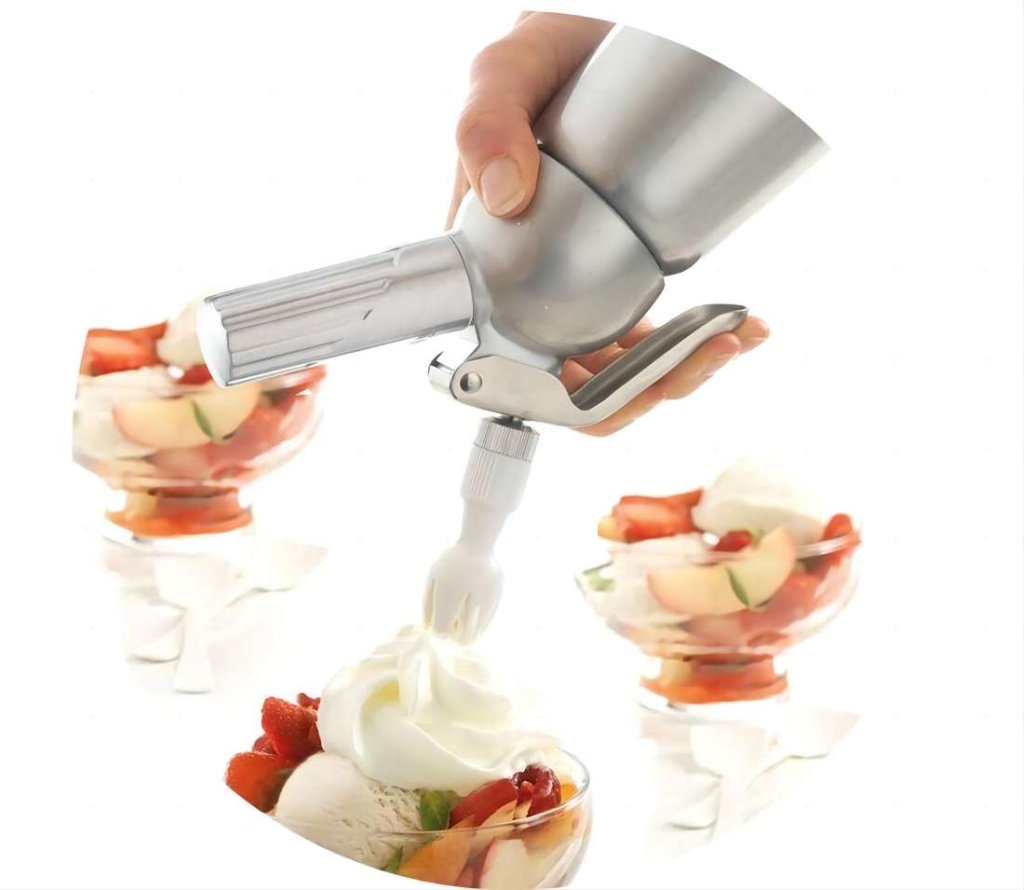
Understanding the Importance of Leak Detection and Handling
Leakage in a cream charger disrupts the intended function of whipping cream. The escaping N2O gas reduces the pressure required for proper aeration, resulting in flat or runny cream. Furthermore, leaks pose potential safety hazards. N2O, although generally non-toxic, can cause asphyxiation in poorly ventilated areas if it leaks in large quantities. Additionally, a continuous leak can damage the internal components of the cream charger, rendering it unusable.
By promptly detecting and addressing leaks, you can:
- Maintain the quality and consistency of whipped cream
- Minimize wasted N2O gas and cream
- Prevent potential safety hazards associated with gas leaks
- Extend the lifespan of your cream chargers
Effective Leak Detection Methods
Early detection of a cream charger leak is vital for taking corrective actions. Here are several reliable methods for identifying leaks:
- Visual Inspection: Perform a thorough visual inspection of the cream charger before each use. Look for any signs of physical damage, such as cracks, dents, or loose seams, on the metal canister or plastic head. Pay close attention to the connection points between the charger and the dispenser, as these are common areas for leaks to occur.
- Pressure Testing: For a more comprehensive evaluation, consider using a gas leak detector specifically designed for N2O. These devices typically involve pressurizing the cream charger with a controlled amount of gas and monitoring for pressure loss using a pressure gauge or sensor. A significant drop in pressure over a short period indicates a leak.
- Soap Water Test: A simple yet effective method for leak detection is the soap water test. Apply a soap solution (dish soap mixed with water) to the joints, valves, and other connection points of the cream charger. If a leak is present, bubbles will form around the leak site as the pressurized gas escapes.
- Sound and Odor Detection: Leaks can sometimes be identified by ear and nose. In a quiet environment, listen for any unusual hissing sounds emanating from the cream charger during use. Additionally, N2O has a faintly sweet odor. A noticeable sweet smell around the cream charger after use may indicate a leak.
- Temperature Monitoring: While not a definitive test, abnormal heating of the cream charger during operation can be a sign of a leak. N2O gas expands as it cools, and escaping gas can cause a localized cooling effect. Conversely, a leak can also lead to the metal canister feeling slightly warmer due to the loss of cooling gas.

Proper Handling of Leaky Cream Chargers
If you detect a leak in your cream charger, it’s crucial to take immediate action to prevent further issues and ensure safety. Here’s a recommended approach for handling leaky cream chargers:
- Stop Using the Charger: The first and most important step is to cease using the leaky cream charger immediately. Continued use can worsen the leak, waste N2O gas, and potentially pose safety risks.
- Identify the Leak Location: Carefully examine the cream charger to pinpoint the exact location of the leak. The leak may be originating from a loose connection point, a damaged valve, or a crack in the metal canister.
- Repair or Replace: Depending on the severity and location of the leak, you may be able to repair the cream charger. For minor leaks around connection points, tightening the components or using a suitable sealant might suffice. However, for leaks stemming from damaged valves or cracks in the canister, replacing the cream charger is the safest option.
- Adjust Pressure Settings (if applicable): If you’ve replaced the inflation head or any components related to gas flow, consult the instructions for your cream dispenser. You may need to adjust the inflation pressure to ensure proper functioning after repairs or replacements.
- Document and Analyze: It’s beneficial to record any leaks you encounter, including the date, the cream charger brand or model, and the suspected cause of the leak. This information can be valuable for identifying patterns or potential issues with specific brands or models. By analyzing leak data, you can make informed decisions about future cream charger purchases and maintenance practices.

Preventive Measures to Minimize Leaks
By adopting some simple preventative measures, you can significantly reduce the likelihood of encountering leaks with your cream chargers:
- Proper Usage: Always follow the manufacturer’s instructions for using your cream charger. This includes using the correct amount of cream and N2O gas, avoiding overfilling, and not exceeding the recommended number of charges per canister. Additionally, refrain from dropping or subjecting the cream charger to rough handling, as this can damage internal components and lead to leaks.
- Storage Conditions: Store your cream chargers in a cool, dry, and well-ventilated location. Avoid exposing them to extreme temperatures or direct sunlight, as this can weaken the seals and metal canister over time. Additionally, keep them away from sharp objects or anything that could cause punctures.
- Regular Inspection: Develop a routine for inspecting your cream chargers before each use. This includes the visual inspection techniques mentioned earlier, as well as checking for any loose connections or signs of wear and tear. Early detection of potential problems can help prevent leaks before they occur.
- Professional Maintenance (for dispensers): If you use a cream dispenser with a refillable canister system, consider having it professionally serviced periodically. A qualified technician can inspect the internal components for wear and tear, replace seals if necessary, and ensure the overall functionality of the dispenser for optimal performance and leak prevention.
- High-Quality Materials: When purchasing cream chargers, opt for reputable brands that use high-quality materials. Look for chargers made from food-grade stainless steel canisters and durable plastic heads. Investing in well-made cream chargers can minimize the risk of leaks and ensure a longer lifespan for your equipment.
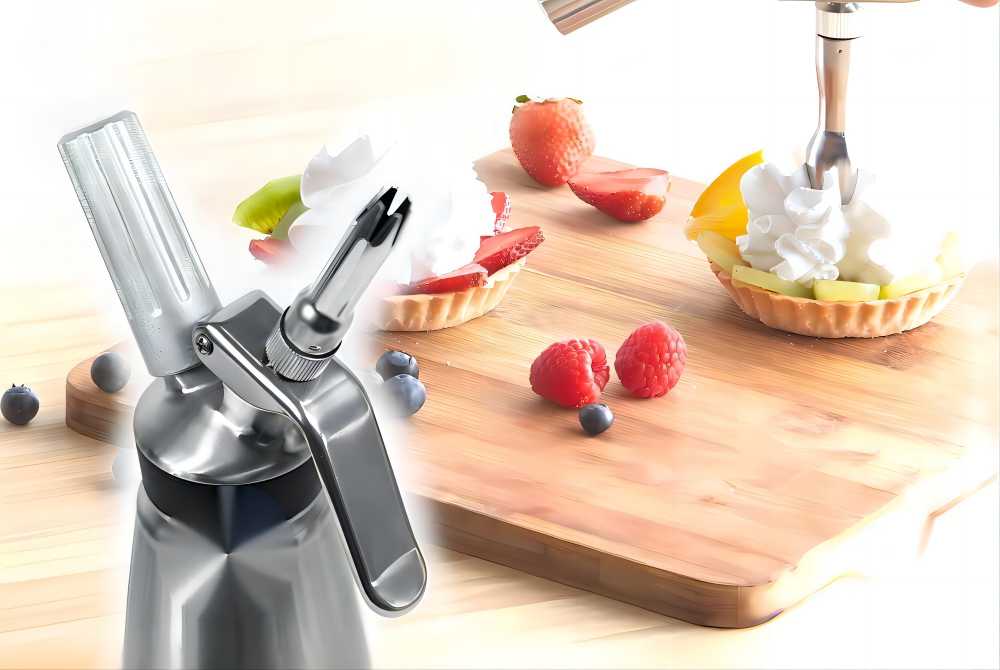
Conclusion
By implementing the leak detection, handling, and preventative measures outlined above, you can ensure the safe and effective use of your cream chargers. Early detection and proper handling of leaks will minimize wasted products and potential safety hazards. Furthermore, adopting preventative measures like proper usage, storage, and regular inspections will significantly reduce the likelihood of leaks in the first place. With these practices in place, you can continue to enjoy the convenience and versatility of cream chargers in your culinary creations.






